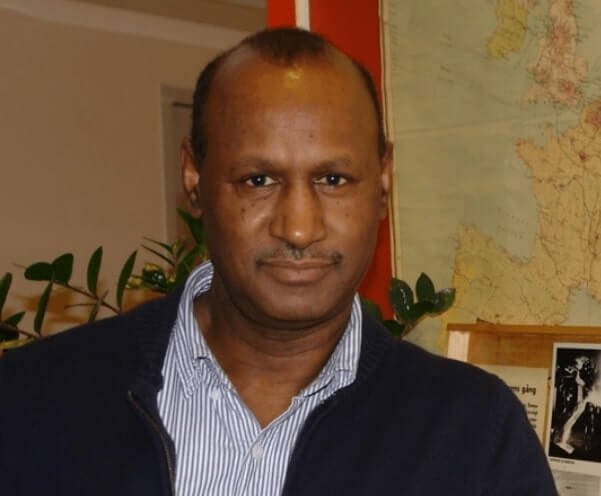Reuters
Abdu Ibrahim Mohammed was 15 years old when he began trekking with caravans of camels to collect salt in a sun-blasted desert basin of north Ethiopia that is one of the hottest places on earth.
Now 51 and retired, he has passed his camels to his son to pursue this centuries-old trade in “white gold” from the Danakil Depression, where rain almost never falls and the average temperature is 94 degrees Fahrenheit (34.4 Celsius).
But the tradition of hacking salt slabs from the earth’s crust and transporting them by camel is changing as a paved road is built across the northern Afar region.
Although the road being cut through the Danakil Depression is making it easier to transport the salt, the region’s fiercely independent local salt miners and traders are wary of the access it might give to industrial mining companies with mechanized extraction techniques that require far less labor.
“Most of the people who live here are dependent on the salt caravans, so we are not happy with prospective salt companies that try to set up base here,” said Abdullah Ali Noor, a chief and clan leader’s son in Hamad-Ile, on the salt desert’s edge.
“Everything has to be initiated from the community. We prefer to stick with the old ways,” he added.
The tarmac road will link the highland city of Mekele with the village of Dallol in the Danakil Depression, a harsh but hauntingly beautiful geographical wonder of salt flats and volcanoes once described as “a land of death” by the famous British desert explorer Wilfred Thesiger.
The road has cut from five hours to three the drive from Mekele to Berahile, a town two days’ trek by camel from the Afarsalt deposits that are one of Ethiopia’s main sources of the crystalline food product.
New roads like these are gradually helping to transform this land locked Horn of Africa state, which has a unique culture and history but has been racked by coups, famines and droughts, into one of the fastest-growing economies on the continent.
As Africa’s biggest coffee producer, Ethiopia’s economy remains based on agriculture, which accounts for 46 percent of gross domestic product and 85 percent of employment. But its nearly 94 million population – the second biggest in Africa – is attracting the attention of foreign investors hungry for new markets.
Access to market
Further south in the Danakil Depression, at the salt reserve of Lake Afdera, industrial salt production is already under way.
A company named Berhane and Zewdu PLC came to the desert plains near Hamad-Ile in 2011 aiming to produce salt there, according to Noor.
Clan leaders saw the threat to their ancient trade and lined up to oppose the project. Fearing sabotage of its equipment, the company left the following year, local people said.
But Noor still welcomed the new road.
“The new highway will give easy access to the market, which will bring benefits and development to this region,” Noor said.
The development he talks of is visible in Berahile, where caravans from the salt pans come to drop off their cargo so it can be transported to the rest of the country. Most residents are involved directly or indirectly in the salt business.
Telephone and electricity networks have been extended to the town over the past four years, a new Berahile Salt Association was established in 2010 to facilitate trade and a recently built salt store is now the biggest construction in town.
“Thousands of people benefit from this work as the salt here is exported throughout the country,” said the head of the association, Derassa Shifa.
For now, tradition and modernity co-exist – the organization buys salt from the caravans that make the four-day trek to the salt flats and back, then sells it to merchants who carry it away by truck.
The salt blocks, which were once used as a unit of money, are sold across Ethiopia, many of them to farmers to provide their animals with essential minerals. Ethiopia has the largest livestock population on the African continent.
Life is harsh for the thousands of camel herders and salt extractors who use traditional hoes and axes to carve the “white gold” out of the ground in the Danakil Depression.
Many of the salt diggers live in Hamad-Ile and hire out their services to different caravans.
The work, however exhausting, still draws thousands onto the baking salt flats.
“You forget about the sun and the heat,” said Kidane Berhe,45, a camel herder and salt merchant. “I lost a friend once on the salt desert because he was working too much with no protection from the sun. Eventually he just collapsed.”















